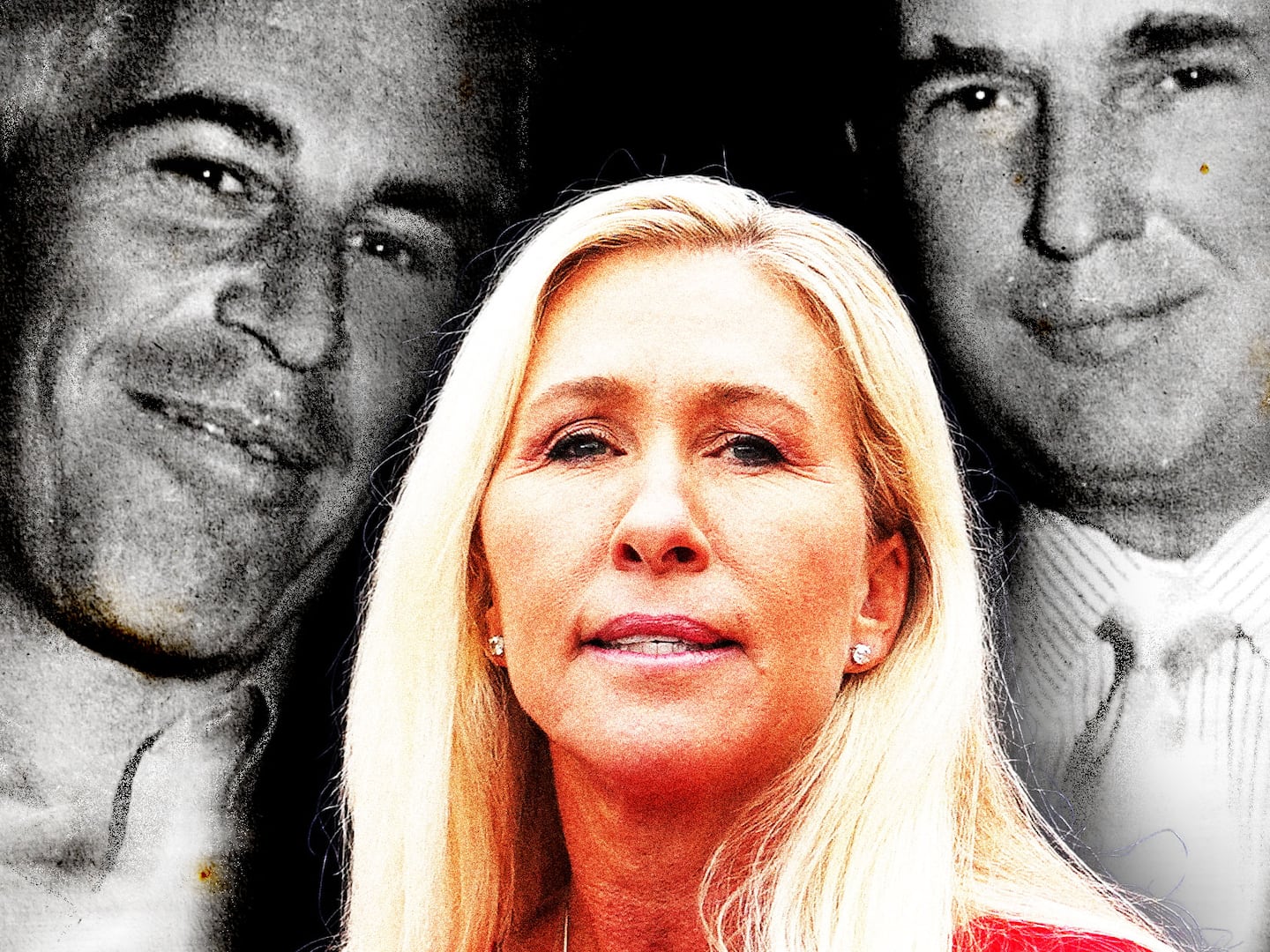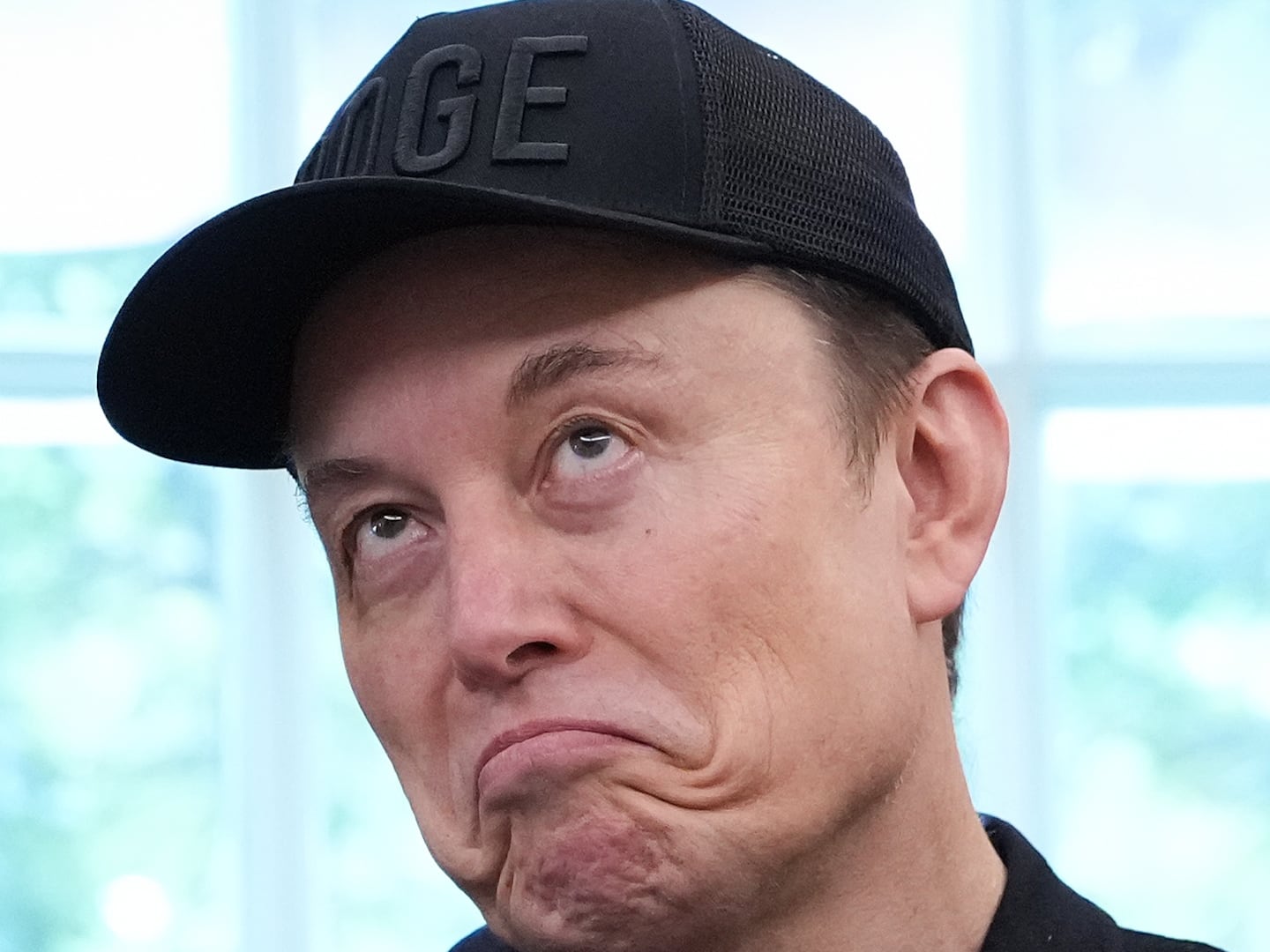Dustin John Higgs is scheduled to be executed by the outgoing Trump administration just five days before the presidential inauguration of death-penalty opponent Joe Biden. The date of his killing, along with those of two other Black federal death-row prisoners, was announced by Attorney General Bill Barr in a last-minute press release that stated the three men are “inmates sentenced to death for staggeringly brutal murders.”
But Higgs has killed no one, a fact confirmed by all witnesses, including co-defendant Willis Haynes, who pleaded guilty to fatally shooting the three victims in the 1996 case and was sentenced by a federal jury to life in prison without the possibility of parole. The government has attempted to justify its revenge killing of Higgs by claiming that he bullied Haynes into committing the murders, but in a 2012 signed affidavit, Haynes himself wrote that “the prosecution’s theory of our case was bullshit. Dustin didn’t threaten me. I was not scared of him. Dustin didn’t make me do anything that night or ever.”
Higgs is slated to die on Jan. 15, the birth date of Martin Luther King Jr., a fitting final statement of disregard for Black life from an administration defined by its racism.
The Trump Justice Department has already executed eight people. With the DOJ’s aforementioned Nov. 20 announcement of its plans to execute Higgs and two additional inmates, in addition to two previously announced killings, Trump officials are on track to have killed 13 people in just six months—more executions than any administration has carried out in a year since Grover Cleveland’s, which executed 16 people in 1896. Cleveland was also the last president to execute more than one person during the lame-duck session, according to the Death Penalty Information Center.
Trump’s administration will be the first in U.S. history to kill more people in a single year than all the people put to death by the states that still practice capital punishment. A presidential administration that has already killed so many people—eight by lethal injection and 264,000 more through COVID inaction—now plans to kill five more before Jan. 20 in a final flex of its lethal powers; three over 96 hours in December and two more on back-to-back days in January. President-elect Biden, who co-authored the draconian 1994 Crime Bill that’s helped the Trump administration carry out its executions, has now pledged to end federal killings, and the Democrats’ 2020 platform notes the party supports the abolition of the death penalty.
Higgs’ conviction story begins on a Friday night in January 1996, when he and two friends, Willis Haynes and Victor Gloria, drove from Maryland to Washington, D.C. to meet up with three young women—Tanji Jackson, Tamika Black and Mishann Chinn. The group of six then drove back to Higgs’s apartment in Maryland, where they partied for a few hours. At some point in the night, a verbal argument occurred, and the women decided to leave. The six got into Higgs’s van to drop the women back off in D.C., but they ended up driving to Patuxent National Wildlife Refuge, where Haynes shot the women. The three bodies were found in the federal refuge in the wee hours of the next morning. At his 2000 trial, a jury found that Higgs had handed Haynes a gun and demanded that he shoot the women. Higgs was convicted of three counts of first-degree premeditated murder, three counts of first-degree felony murder, and three counts of kidnapping resulting in death, and was given nine death sentences under the 1994 Crime Law.
Twenty years later, Higgs is set to be the last person murdered by the Trump government despite the “troubling unfairness of his sentencing,” as his defense lawyer, Shawn Nolan, wrote in a statement. No one—not the government or his co-defendants in the case—contests the fact that Higgs did not kill the three women who were murdered. During the 2000 trial of Haynes, the confessed shooter, the government argued that Haynes’s history of violence indicated he committed the murders of his own volition. “When you look at the past behavior of Mr. Haynes you will see the choices that he makes in his life, and they suit only Mr. Haynes,” the prosecutor said, according to court records. “He chooses when to kill and when to scare. He chooses when to threat[en] and when to carry it out.”
But after failing to secure a death penalty for Haynes, government prosecutors reversed themselves in Higgs’s case, claiming he forced Haynes to pull the trigger. As Higgs’s current defense attorney Nolan notes in a statement, the government’s “theory was supported exclusively by the contested testimony of Victor Gloria, a cooperating co-defendant who received a substantial deal in exchange for his cooperation.” (The weapon the government claimed belonged to Higgs and was used in the crime was never recovered.) Gloria had previously said he was asleep in Higgs’s van during the murders—a fact that both an investigator and Gloria’s ex-girlfriend confirmed in signed affidavits—before later changing his story. Higgs’s defense lawyer at his original trial, Harry Trainor, has said authorities withheld information about the sentencing deal made in exchange for Gloria’s testimony. “Had we been made aware of this benefit received by Mr. Gloria,” Trainor wrote in his affidavit, it would have been used “to challenge Mr. Gloria’s credibility during Mr. Higgs’s trial.”
There are a number of other mitigating factors from Higgs’s life. Relatives describe his father as physically abusive. His mother, with whom he was extremely close, developed terminal breast cancer when he was 8 years old, and he became her primary carer. For her funeral, according to Higgs’s uncle, the then 10-year-old boy ensured the family dressed her in “the right colors, and he picked out her shoes.” Nolan and Higgs’s relatives describe his mother’s death as “devastating” for Higgs, “who began to struggle both emotionally and academically. He was held back in second grade, scored in the low average range on IQ tests, and was diagnosed as learning disabled.” One psychologist describes Higgs, who was 28 at the time of the murders, as having the cognitive maturity of a kid in his early teens. Another forensic psychologist says he observed no signs that Dustin is “violent or aggressive,” and instead described him as a “frightened, scared person.”
The jury that sentenced him to death was given none of this information, according to Higgs’s lawyers.
“The death penalty is supposed to be for the worst of the worst. That’s what the courts say, that’s what people who are proponents of the death penalty say. And it’s supposed to be a sentence based on what happened in a case, what the crime was, and who the person was,” Nolan told me. “In this situation, neither of those things warrant the death penalty. He did not kill anybody, and he had a great deal of mitigation the jury never heard. When you have that combination of facts, it’s just unconscionable to move forward with an execution.”
Despite the government’s efforts to paint Higgs as the callous mastermind behind the killings, Haynes, the killer, says that Higgs was distraught after he shot and killed the victims. “Dustin screamed at me about it,” Haynes wrote in his affidavit. “He said I had put him in a messed-up situation. He had planned to leave the women there—alive—at the side of the road.”
For Higgs and other Black people who become entangled in the criminal justice system, the death penalty has particularly grim implications. Studies consistently show that every stage in the criminalization process—from police stops, to arrests, to sentencing decisions—Black people face more punitive consequences than white people. Despite being just 13 percent of the American populace, Black people make up 44 percent of those federal death row prisoners, according to the Death Penalty Information Center. And like both Higgs and Haynes, who also grew up and experienced extensive trauma during his childhood (he attempted suicide at the age of 11) the people consistently failed by the criminalization system are among the most vulnerable and marginalized.
More generally, the death penalty remains a barbaric practice that does nothing to ensure public safety and instead is a destructive societal force. A 2009 University of Illinois survey found more than 88 percent of prominent criminologists believe executions are not a deterrent against homicide. In fact, FBI reports show that states that practice capital punishment have the highest rates of murder while states that don’t kill their citizens have lower rates—even when controlling for factors such as poverty and unemployment. More than “170 people who had been wrongly convicted and sentenced to death in the U.S. have been exonerated” since 1973, according to the Death Penalty Information Center, which notes that the irreversible sentence “carries the inherent risk of executing an innocent person.”
Higgs has exhausted his appeals, and his life will only be spared by a clemency grant from the president. But it is difficult to be optimistic about the capacity for empathy, or interest in justice, of an administration that has not only resurrected capital punishment, but is currently trying to make firing squads and electrocutions—execution methods long favored by dictators and tyrants—legal again. Lethal injection, the government’s current go-to manner of murder, is now widely recognized as painful and inhumane, which is why a number of pharmaceutical companies have prohibited drugs sales for that purpose. To ensure it could carry out inmate killings, a Reuters investigation from June found, the Trump DOJ “started building the network of contractors it would need by May 2017.”
On the heels of this president’s pardon of admitted felon Michael Flynn, and his defense of accused double-murderer Kyle Rittenhouse, the fast-tracking of federal executions seems both cruel and hypocritical, which is to say, totally on-brand for the Trump presidency.
“We were surprised that they set additional execution dates after the election. Joe Biden has been very clear that he is not someone who’s in favor of capital punishment and he’s going to do what he can in that regard,” Nolan told me. “It doesn’t make sense that, with everything going on, including all the spikes in COVID, to plan to move forward with five executions. There are just hundreds of people involved in these cases—including the lawyers and victims’ families—who would want to be present. And it’s just putting everybody at such risk. At this point, to rush forward with these executions prior to the inauguration just doesn't make sense.”






